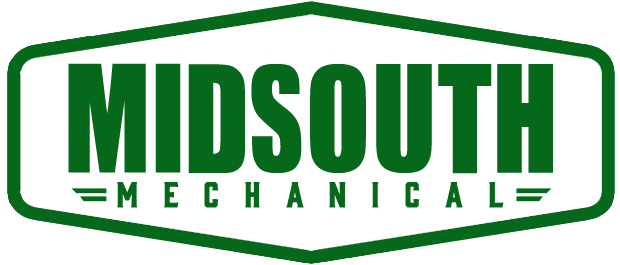Maintenance Strategies and Solutions
Corrosion is a common and potentially costly problem that can affect the performance and longevity of your piping system. The deterioration of pipes due to corrosion can result in leaks, reduced efficiency, and even system failure. Fortunately, with the right maintenance strategies and solutions, you can prevent corrosion and keep your piping system in optimal condition. In this blog post, we’ll explore the causes of corrosion in piping systems, and share some practical tips for preventing and mitigating its effects.
Understanding Corrosion in Piping Systems:
Corrosion is a natural process that occurs when metal pipes are exposed to an electrochemical reaction with their environment. This reaction causes the metal to gradually break down, weakening the structure of the pipes over time. The most common factors that contribute to corrosion in piping systems include:
Chemical reactions: The presence of certain chemicals, such as chlorides, sulfates, and oxygen, can accelerate the corrosion process.
Water quality: Hard water, high levels of dissolved solids, and low pH can increase the risk of corrosion.
Temperature and pressure: High temperatures and pressures can exacerbate the effects of corrosion.
Microbiological activity: Bacteria and other microorganisms can produce corrosive by-products that cause localized corrosion.
Galvanic corrosion: When two dissimilar metals are in contact, the less noble metal will corrode faster than the more noble metal.
Maintenance Strategies and Solutions to Prevent Corrosion:
Material selection: Choosing the right materials for your piping system is crucial to preventing corrosion. Select corrosion-resistant materials, such as stainless steel, copper, or plastic, based on the specific requirements of your system and the chemicals it will be exposed to.
Protective coatings and linings: Applying a protective coating or lining to the interior and exterior surfaces of your pipes can help create a barrier between the metal and the corrosive environment. These coatings can be made from materials like epoxy, polyurethane, or ceramic, and should be selected based on the specific needs of your system.
Cathodic protection: This technique uses a sacrificial anode (a more reactive metal) to protect the pipe from corrosion. The sacrificial anode corrodes instead of the pipe, reducing the risk of corrosion in the piping system.
Regular inspection and monitoring: Conducting regular inspections of your piping system can help you identify early signs of corrosion and take corrective action before it becomes a serious problem. Look for signs of rust, discoloration, leaks, or reduced flow rates, and use tools like ultrasonic thickness gauges to monitor pipe wall thickness.
Water treatment: Treating the water in your piping system can help minimize the risk of corrosion. This may involve adjusting the pH, removing dissolved solids, or adding corrosion inhibitors to the water.
Proper installation: Ensuring proper installation of your piping system, including the use of dielectric unions or insulating flanges to prevent galvanic corrosion, can help reduce the risk of corrosion.
Regular maintenance: Regularly clean and maintain your piping system, including replacing worn or damaged components, to keep it functioning efficiently and minimize the risk of corrosion.
Ensuring a long-lasting piping system
Preventing corrosion in your piping system is essential to maintaining its efficiency and prolonging its lifespan. By understanding the causes of corrosion and implementing effective maintenance strategies and solutions, you can protect your investment and ensure the reliable performance of your piping system. If you need assistance with corrosion prevention or any other aspect of piping system maintenance, be sure to consult with a professional mechanical contractor who can provide expert guidance and support.
Our team is here to help.
Contact a project manager today!


